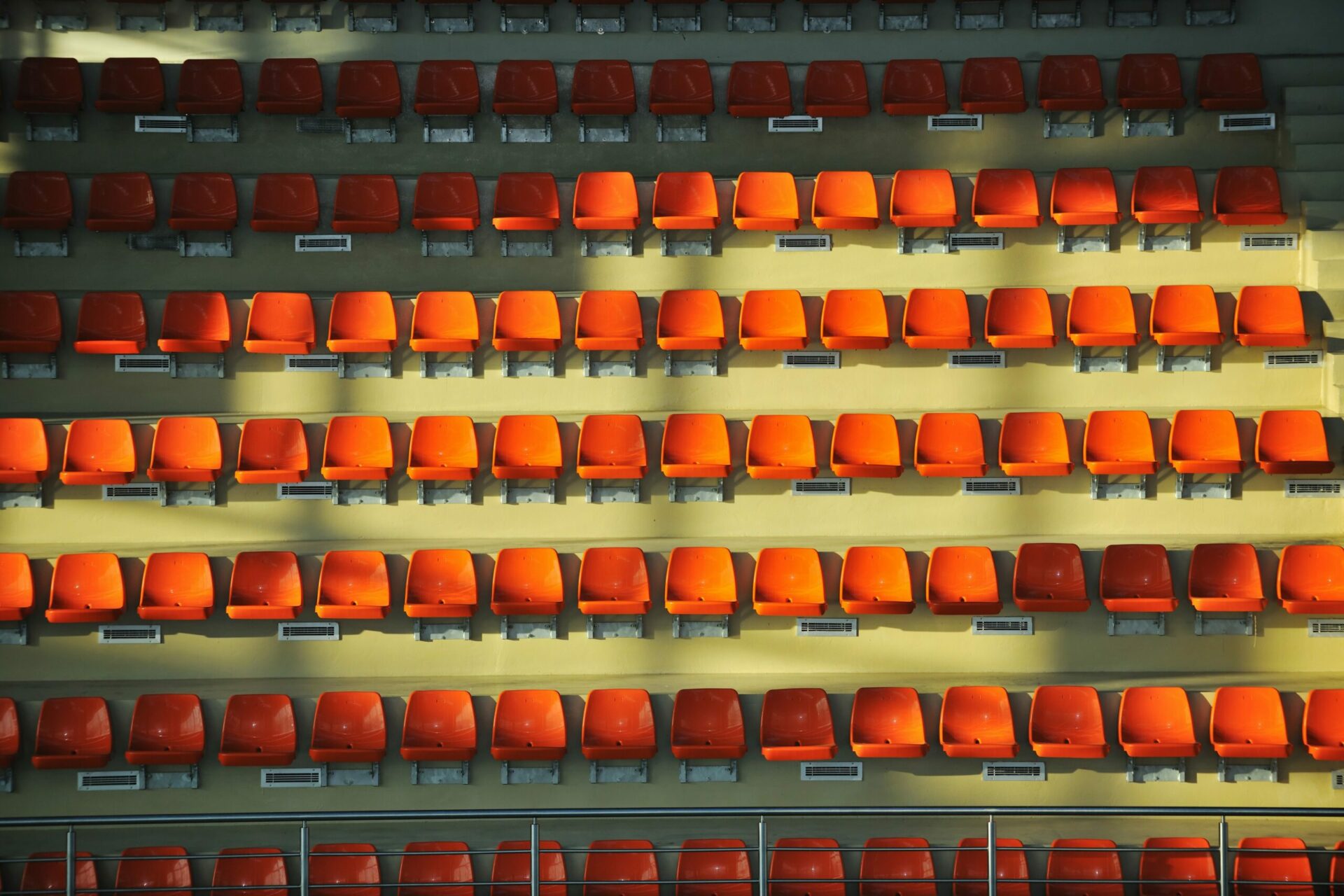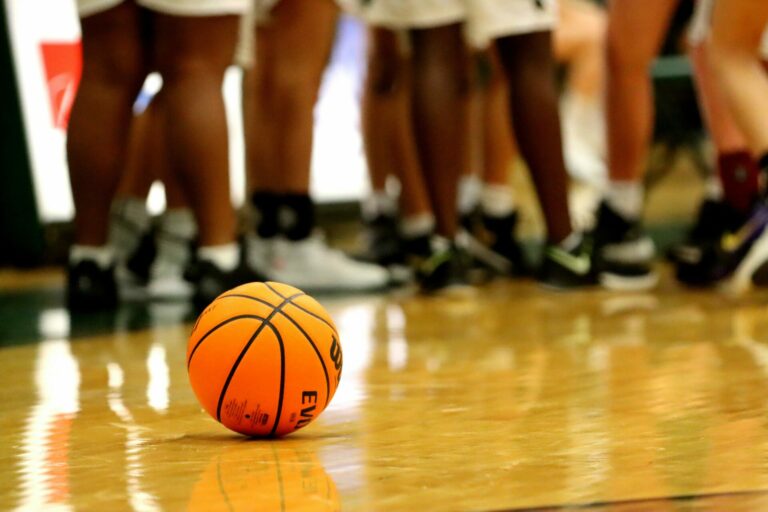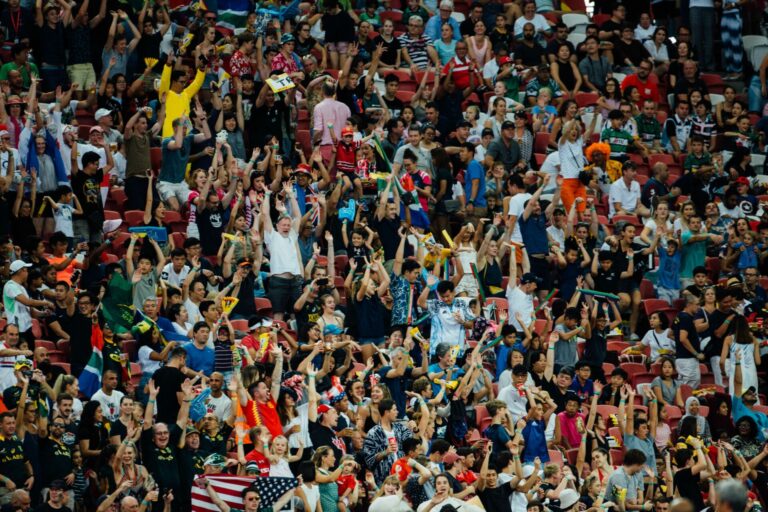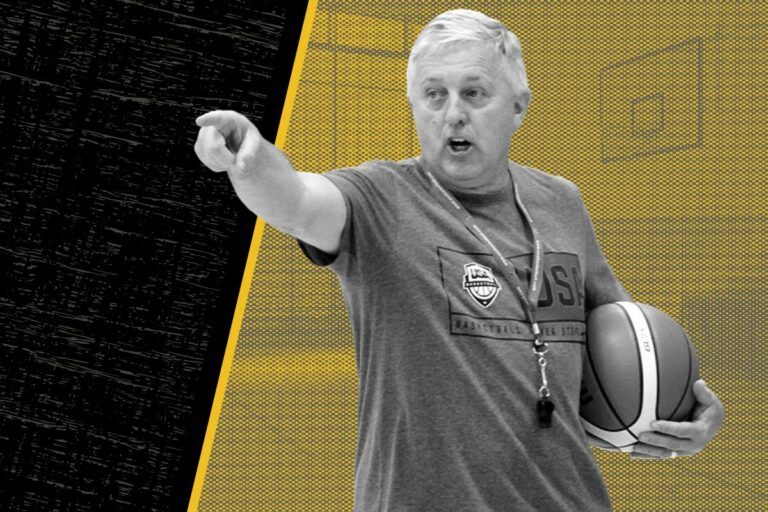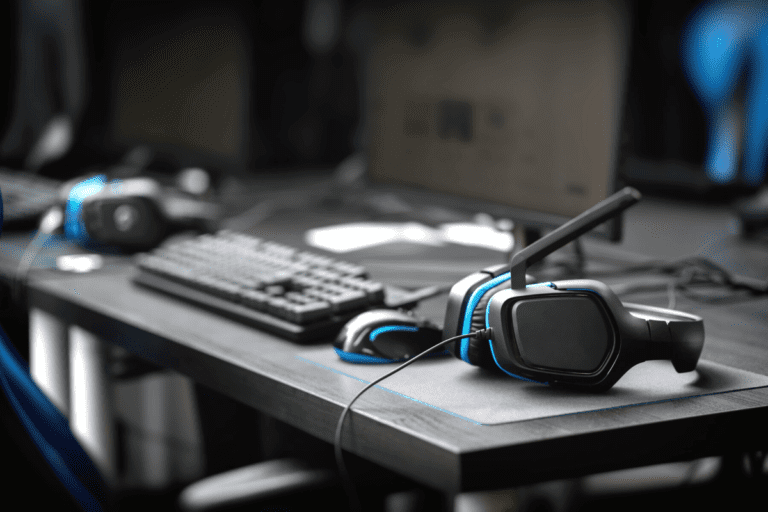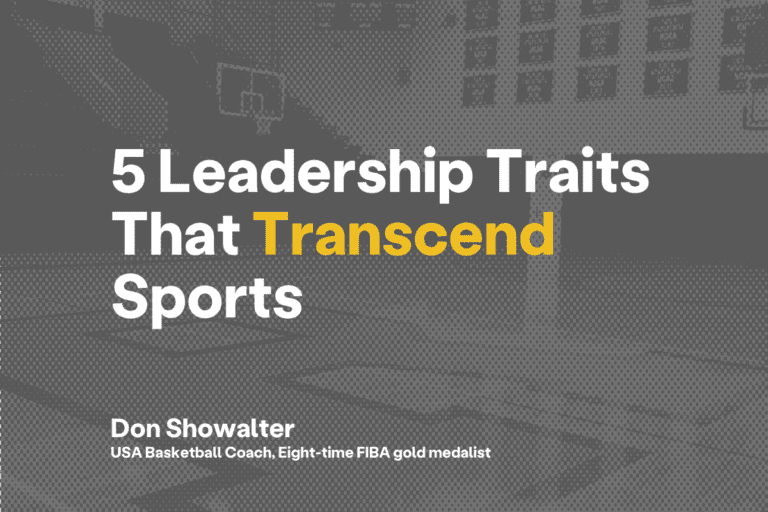Mental Health Leadership with Christine Pinalto
- “Simplicity is key, especially in times of crisis.”
- The psychological part of coaching is needed just as much as the physical and social parts.
- Coaches have the power to affirm athletes—who they are and who they've become.
Sidelined USA knows that being sidelined is a devastating experience. They understand the unique challenges permanently sidelined athletes and their families face and we’re here to help. Sidelined USA, a non-profit organization, exists to reunite permanently sidelined athletes with their passions and inspire them to find a meaningful way forward.
In the early days of the COVID-19 outbreak, co-founder Christine Pinalto answered questions about leadership through adversity, mental health leadership, and the importance of providing accessible mental health resources for athletes.
Q: COVID-19 was described as, “a season ending injury for everyone,” from the most elite athlete to the weekend warrior, to the first-time tee baller. How did your research and experience in mental health leadership for athletes and teams lend itself to the situation?
We work with athletes who have experienced a medical exit from sports. They can no longer compete due to a medical reason. It could be from a concussion, it could be a heart condition—all kinds of different circumstances. Because of our background at Sidelined USA in helping athletes cope with their crisis, we were uniquely positioned to speak to this situation.
Every athlete essentially experienced an abrupt end to their sports season—maybe their stats are on hold, or it could be their end of their sports career. There is this massive psychological impact that we normally deal with on an individual basis that has spread throughout all athletics.
"I like to tell people you can't go around grief, you have to go through it. If you suppress it, you're just delaying it."
Going through our journey with our athletes, we recognize that we’ve learned a tremendous amount, both through a tremendous amount of research on the psychological impact created by injury, and through a lot of work with athletes.
We learned about patterns of the impact, and the emotions and results that can come about when they are handled well versus when they’re not. We know a lot about that and I tried to streamline it here; I know simplicity is key, especially in times of crisis.
The beginning for an athlete is the grieving process; young people must recognize that it’s not, just like, “jump into a game plan, business as usual, we’re going to tackle this.” Motivation is going to come from a rebuilding when you honor the grief.
I like to tell people you can’t go around grief, you have to go through it. If you suppress it, you’re just delaying it. So, let’s just make space for athletes to talk about it. If that feels super weird and hard to engage with, OK, that’s fine too. It’s really, really important to get to this part for healing faster. Honor the feelings and make it OK.
Open a line of communication to validate your athletes’ feelings.
Listen to the podcast for specific mental health leadership thoughts on grieving and helping student athletes with the process.
Q: Knowing that Sidelined USA works closely with athletic trainers—your biggest sponsor and partner being the National Athletic Training Association—how can a high school coach utilize your mental health resources for athletes?
Coaches have had to think through things in such a different capacity at this point. It’s going to benefit coaches and athletic directors to think of athletes in a holistic way. Keep these three domains in consideration: the physical, the social, and the psychological.
Coaches are usually dealing with the physical, and maybe a little bit of the psychological, but now there’s more psychological considerations. Suddenly, you have to find ways to include the social considerations—we have remote training and distance training, as tools to bring together your team in meaningful ways.
Q: How does a coach get started in implementing this holistic approach for athletes that you mention?
Come up with a plan for each of these three components: physical, social, and psychological.
I would encourage coaches to collaborate with each other. Figure out what each of you is doing right now to keep their teams interacting in meaningful ways. Share with one another what’s working, what’s helpful.
There may be people connected with your team with unique talents that can help with things, like putting out an email to the parents. You can widen your circle of resources by tapping into your parent group; there may be a tech person, there may be a nutritionist, there may be a strength coach, or a physical trainer. Expand the circle; take a team effort.
Q: You mention self-talk and identity—overall mindset work in some of your mental health resources for athletes. Why are those important? How can a coach encourage this?
This is the locker room moment, right? You’re going to help your athletes rebuild by transferring your coach talk, and empowering your athletes to do that within themselves. Help them understand that right now they are going to be their own best life coach.
You’ve got to be strategic about what you say: Help athletes to understand that there are many, many strategies that can help them during this time, to learn that freedom from the negativity comes by diminishing it, to engage with forward thinking thoughts, and to know what they can control. From reframing mental toughness to prayer and meditation, there are all kinds of mental health tips for students to help guide their mental processes, instead of letting their mental processes guide them.
Q: Dealing with grief and being intentional with self-talk and identity is powerful internal work to be done and makes sense in the beginning of the process. What are some practical, more externally focused mental health leadership tips?
You can go outside the lines and make training interesting; you can engage with different things than you’re used to. Help your athletes stay motivated with something fresh. Make it interesting and different. Help them bridge the mental challenge with the physical goals that you as a team are working on.
Not everyone is going to have weights at home, so get creative; take inventory. Have fun with finding solutions, use it as a time to engage with activities and disciplines that you haven’t explored as a team.
Q: Any final thoughts for coaches and leaders out there who are looking to help their groups through adversity or challenge?
I think one last thing I would love to remind everybody is, as coaches you have this power to affirm the athlete—who they are and who they’ve become. For example, at the onset of the pandemic, high school seniors didn’t get to finish out their basketball season, the playoffs, or spring sports. They didn’t get a chance to do it at all.
Take some time; write a letter. It doesn’t have to be something really super long, but if you wrote a letter, it would mean the world to them. Tell each individual athlete what you see in them, how it will serve them in life, and what you believe about them. Tell them you can’t wait to see where they go, and that this isn’t the end of their story. Tell them that they can shift and adapt in ways that are exciting.
Maybe it’s not a letter, maybe it’s a team chat where you affirm them and remind them that what’s great about sports is that it builds mechanisms for dealing with adversity in life. Tell them that they can certainly adapt and that they can certainly rebound.
Anytime you can tap into your genuine feelings about how you’re excited about the future, you’re going to help these athletes.
“As a coach you are in a unique position; you are needed now more than ever.”
Q: Where would you direct people to get more information about the importance of mental health leadership?
Our website is meant to be a resource for coaches, athletic trainers, parents, athletes, and anyone close to this on a personal level.
Attention to this issue is way overdue. We can’t take away the agony of a situation. Everyone’s personal loss is their personal loss, but what we have learned is that we can shorten that grief cycle; we can offer support and we can help demystify this process.
So many parents are in the dark because maybe their kids aren’t talking to them about how they’re feeling or thinking—they are clearly struggling, there are tips for guidance. Everything we offer is out of experience and research and is meant to be a tool, but not a replacement for counseling. One thing I want to leave the audience with is to remember that mental health is something we all need to be thinking about.
Know and share mental health resources that are available to your parents. They will have the best pulse on how their kids are handling what’s going on right now. Some of those resources are linked within our articles; we have links to resources on depression and suicidal risk and good mental health links, too.
Provide a checklist of things to look for that could signify that an athlete may need to talk to somebody, or could benefit from making an online appointment with a psychologist or the family physician—to get the support that they need.
Q: What is your hope for the future with your work at Sidelined USA?
We’re leading the way to share resources for any program, whether the budget allows, to support the unique challenges of permanently sidelined athletes. It’s not happening with enough of the population of one program’s demographic, so support is neglected. It’s hard to put resources toward one person on your team going through permanent sideling.
For more Information about the origins of Sidelined USA, the work they continue to do, and the support they offer to athletes, parents, coaches, and trainers, listen to the podcast or visit their website at www.sidelinedusa.org.

